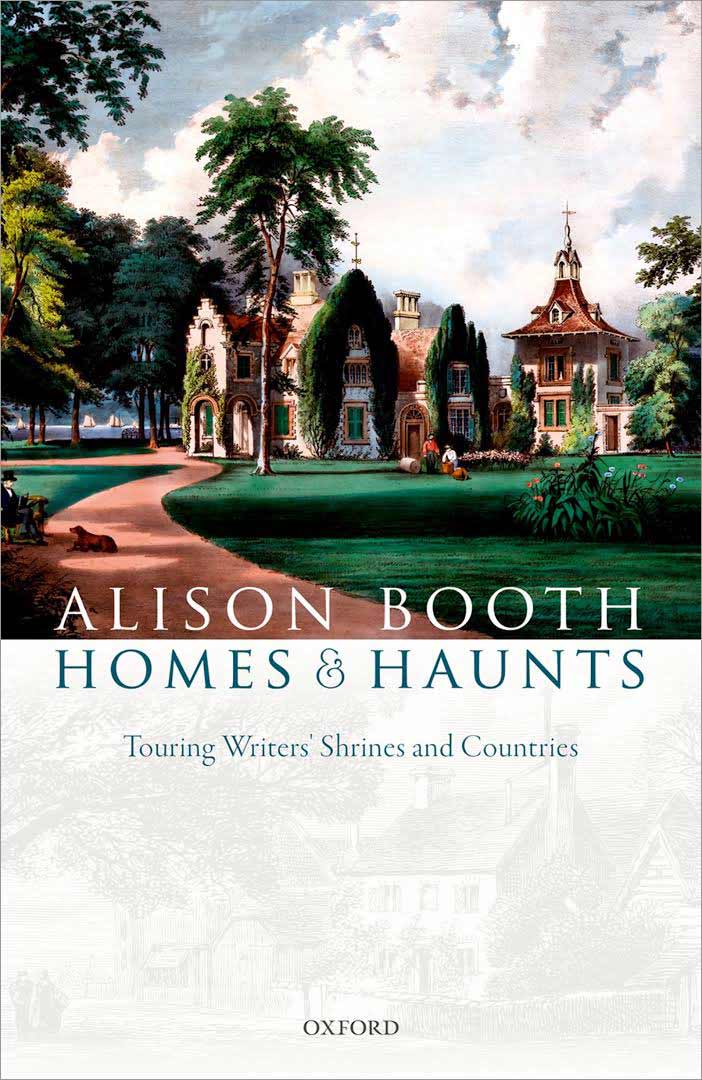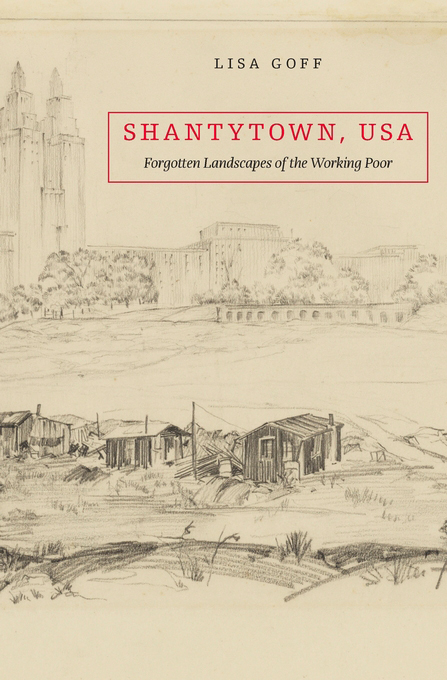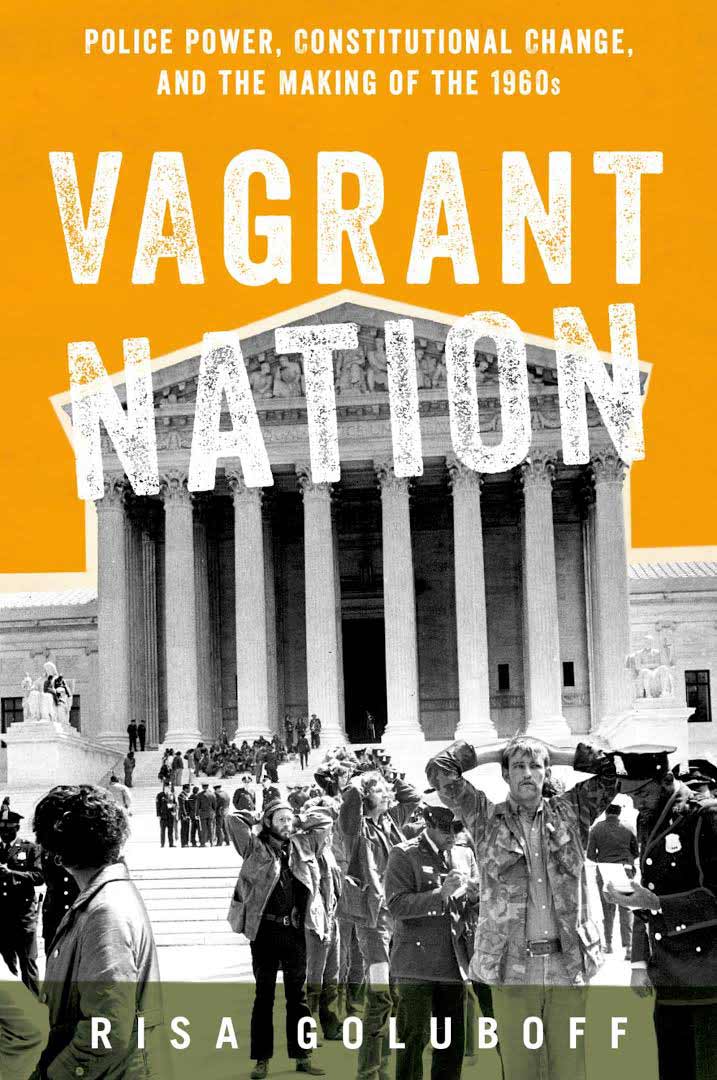From an explanation of the American court system to an exploration of literary pilgrimage to the homes and haunts of famous writers, and from new views on home life to important aspects of international relations, University of Virginia faculty members published more than 180 books last year spanning a range of interdisciplinary scholarship and expertise.
UVA President Teresa A. Sullivan hosted her annual reception to celebrate the previous year’s faculty publications Monday at Carr’s Hill.
Some books dig into the past to rediscover civil rights, political or literary history or consider events from unusual angles. Several researchers published textbooks or new editions that contribute to the knowledge and teaching of their field. It was a good year for poetry publishing, too.
UVA Today wrote about a dozen or so 2016 books when they came out. Here is a selection of another 12 interesting titles.
• “Homes and Haunts: Touring Writers’ Shrines and Countries,” by Alison Booth, English professor and director of the Scholars’ Lab

Booth’s book revives the preoccupation of literary tourism of English and American authors from the 19th century into the first half of the 20th century. People didn’t just visit houses and literary settings of well-known authors; they wrote articles and books on them, creating a specific genre – “homes and haunts.” Washington Irving, well known for “Rip Van Winkle” and other stories, for example, also wrote about his literary pilgrimages, including to places associated with Shakespeare.
“The Internet,” she writes, “has facilitated a return to the correlation of literary texts, biographies and their actual settings, as Wikipedia and other Web sources now pursue the Old Curiosity Shop and Brontë Country in earnest, offering images, addresses and GIS coordinates.”
• “Shantytown, USA: Forgotten Landscapes of the Working Poor,” by Lisa Goff, assistant professor of English and American studies and director of the Institute for Public History

Goff recovers this history of America’s urban landscape in all sorts of documents, showing the resourcefulness of America’s working poor in constructing these dwellings in difficult times during the 19th and 20th centuries, such as Depression-era “Hoovervilles.” Twentieth-century reforms in urban zoning and public housing, introduced as progressive efforts to provide better dwellings, curtailed the growth of shantytowns. Their legacy is still felt, Goff says, in sites of political activism, from shanties on college campuses protesting South African apartheid to the tent cities of Occupy Wall Street demonstrations.
• “Extreme Domesticity: A View from the Margins,” by Susan Fraiman, English professor
Fraiman’s reformulation of how women kept their homes frees domesticity from associations with conformity and sentimentality. Her book links ideas often seen as antithetical: domestic knowledge coinciding with female masculinity, feminism and divorce; domestic routines elaborated in the context of Victorian poverty, 20th-century immigration and new millennial homelessness. Far from being exclusively middle class, domestic concerns are shown to be all the more urgent and ongoing when shelter is precarious.
• “Vagrant Nation: Police Power, Constitutional Change, and the Making of the 1960s,” by Risa Goluboff, dean of the School of Law

In 1950s America, it was remarkably easy for police to arrest almost anyone for almost any reason. The criminal justice system – and especially the age-old law of vagrancy – served not only to maintain safety and order, but also to enforce conventional standards of morality and propriety. A person could be arrested for sporting a beard, making a speech or working too little. Yet by the end of the 1960s, vagrancy laws were discredited and American society was fundamentally transformed.
Goluboff’s compelling account of constitutional challenges to vagrancy laws rewrites the history of the civil rights, peace, gay rights, welfare rights, sexual and cultural revolutions.
• “New Negro Politics in Jim Crow South,” by Claudrena Harold, associate professor of African-American and African studies and of history
“New Negro” is a term popularized during the Harlem Renaissance to describe African-American intellectuals’ more outspoken advocacy for dignity and refusal to submit quietly to the practices and laws of Jim Crow racial segregation. Harold’s study details how the development and maturation of New Negro politics and thought were shaped not only by New York-based intellectuals and revolutionary transformations in Europe, but also by people, ideas and organizations rooted in the South.
• “American Courts Explained,” by P. Gregory Mitchell, Joseph Weintraub-Bank of America Distinguished Professor of Law and Thomas F. Bergin Teaching Professor of Law
Mitchell’s book aims to give readers a firm understanding of what litigants, lawyers and judges do and to explain the structure and procedure of American civil and criminal courts – the knowledge needed to critically evaluate the legal institutions we have and proposals for changing them. “American Courts Explained” can serve as a stand-alone text for students or lay readers. An accompanying website provides teachers and students with the many legal documents discussed in the book.
• “Asymmetry and International Relationships” and “Rethinking the Triangle: Washington-Beijing-Taipei,” by Brantly Womack, professor of foreign affairs in the Woodrow Wilson Department of Politics and C.K. Yen Chair, the Miller Center
“Power is real, but it does not always prevail,” Womack says in “Asymmetry and International Relationships,” the first of two books he published in 2016. This book explores how power disparity structures international relationships. Beginning at the bilateral level, the relationship between the smaller side and the larger side can be normal as long as the smaller does not feel threatened and the larger can assume that its capabilities are respected. However, the smaller can be tempted to brinksmanship, while the larger can be tempted to bully.

In “Rethinking the Triangle,” Womack writes “… [I]nstead of seeing Taiwan as a security liability, the U.S. should use it as a compatible point of contact to East Asia, and China should view the U.S.-Taiwan relationship as an opportunity rather than as an intervention.”
• “Ruling Minds: Psychology in the British Empire,” by Erik Linstrum, assistant professor of history
At its zenith in the early 20th century, the British Empire ruled nearly one-quarter of the world’s inhabitants. As the British worked to exercise power in diverse and distant cultures, authorities came to rely to a surprising degree on the new science of psychology. “Ruling Minds” explores how psychology opened up new possibilities for governing the empire. From the mental testing of workers and soldiers to the use of psychoanalysis in development plans and counterinsurgency strategy, psychology provided tools for measuring and managing the minds of imperial subjects. But it also led to unintended consequences. Challenging our assumptions about scientific knowledge and empire, Linstrum shows that psychology did more to expose the limits of imperial authority than to strengthen it.
• “Literature Incorporated: The Cultural Unconscious of the Business Corporation, 1650-1850,” by John O’Brien, associate professor of English and the NEH Daniels Family Distinguished Teaching Professor
Long before the Supreme Court’s ruling in Citizens United and modern debates over corporations as people, such organizations already stood between the public and private as both vehicles for commerce and imaginative constructs based on groups of individuals. O’Brien explores how this relationship played out in economics and literature, two fields that gained prominence in the same era.
Covering authors such as John Locke, Eliza Haywood, Harriet Martineau and Edgar Allan Poe, each chapter is oriented around a type of corporation reflected in their works, such as insurance companies or banks. By revealing the intricate ties between literary models and economic concepts, “Literature Incorporated” shows us how the business corporation has shaped our understanding of our social world and ourselves.
• “Collected Poems, 1974-2004,” by Rita Dove, Commonwealth Professor of English
A National Book Award finalist, this volume highlights poetry from seven books – work that earned her a Pulitzer Prize, appointment as U.S. poet laureate, a National Humanities Medal, a National Medal of Art and other accolades.
• “Night Sky Frequencies and Selected Poems,” by Debra Nystrom, professor of English in the Creative Writing Program
A colleague of Dove’s, Nystrom brings together poems from her previous three books along with a new section.
Media Contact
Article Information
February 6, 2017
/content/12-faculty-books-delve-notions-home-and-nation

